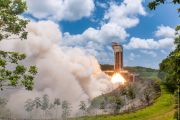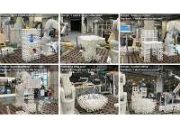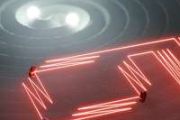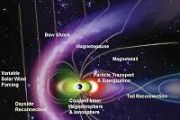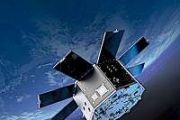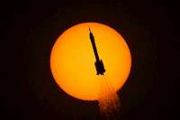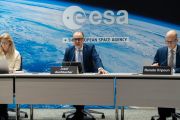
Copernical Team
Training an AI eye on the moon
 A Moon-scanning method that can automatically classify important lunar features from telescope images could significantly improve the efficiency of selecting sites for exploration.
There is more than meets the eye to picking a landing or exploration site on the Moon. The visible area of the lunar surface is larger than Russia and is pockmarked by thousands of craters and crisscrossed by ca
A Moon-scanning method that can automatically classify important lunar features from telescope images could significantly improve the efficiency of selecting sites for exploration.
There is more than meets the eye to picking a landing or exploration site on the Moon. The visible area of the lunar surface is larger than Russia and is pockmarked by thousands of craters and crisscrossed by ca Mars Helicopter reveals intriguing terrain for rover team
 Images snapped on July 5 by NASA's Ingenuity Mars Helicopter on its ambitious ninth flight have offered scientists and engineers working with the agency's Perseverance Mars rover an unprecedented opportunity to scout out the road ahead. Ingenuity provided new insight into where different rock layers begin and end, each layer serving as a time capsule for how conditions in the ancient climate cha
Images snapped on July 5 by NASA's Ingenuity Mars Helicopter on its ambitious ninth flight have offered scientists and engineers working with the agency's Perseverance Mars rover an unprecedented opportunity to scout out the road ahead. Ingenuity provided new insight into where different rock layers begin and end, each layer serving as a time capsule for how conditions in the ancient climate cha NASA Launches Entrepreneurs Challenge to identify innovative ideas
 NASA is announcing its 2021 Entrepreneurs Challenge to invite fresh ideas and new participants that will lead to new instruments and technologies with the potential to advance the agency's science mission goals.
The agency's Science Mission Directorate is seeking novel ideas that focus on priority areas for the commercial sector. The Entrepreneurs Challenge aligns with NASA's goal to foste
NASA is announcing its 2021 Entrepreneurs Challenge to invite fresh ideas and new participants that will lead to new instruments and technologies with the potential to advance the agency's science mission goals.
The agency's Science Mission Directorate is seeking novel ideas that focus on priority areas for the commercial sector. The Entrepreneurs Challenge aligns with NASA's goal to foste Bezos' Blue Origin gets OK to send him, 3 others to space

Jeff Bezos' rocket company has gotten government approval to launch people into space, himself included.
The Amazon founder will climb atop his New Shepard rocket next Tuesday in West Texas, joined by his brother, an 82-year-old female aviation pioneer and a $28 million auction winner.
ESA and NASA join forces to understand climate change

Climate change is, arguably, the biggest environmental challenge the global population faces today. To address this major issue, decision-makers not only need accurate information on how our world is changing now, but also predictions on what may happen in the future. A sound knowledge of how Earth behaves as one system is the foundation to all of this – and the pieces of this complex puzzle come largely from satellites orbiting our planet. To ensure that data from Earth-observing satellites are used to their best advantage, further science and, ultimately, bring the most benefit to humankind, ESA and NASA have formed
NASA's Mars helicopter reveals intriguing terrain for rover team
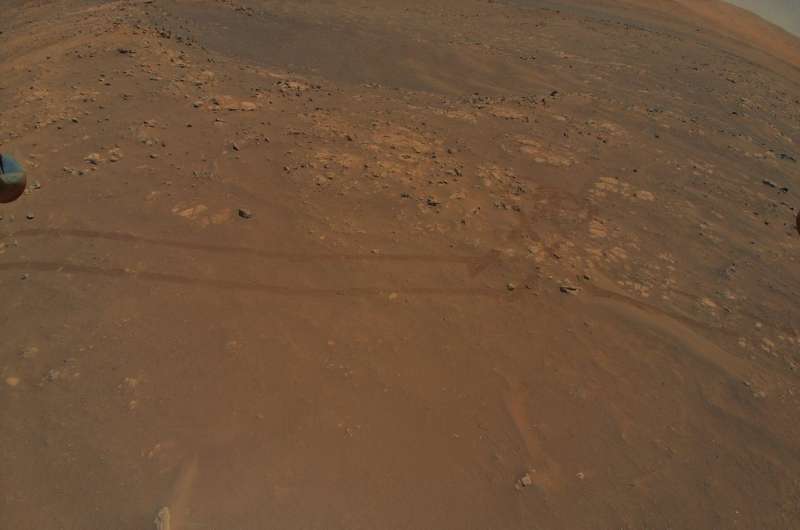
Images snapped on July 5 by NASA's Ingenuity Mars Helicopter on its ambitious ninth flight have offered scientists and engineers working with the agency's Perseverance Mars rover an unprecedented opportunity to scout out the road ahead. Ingenuity provided new insight into where different rock layers begin and end, each layer serving as a time capsule for how conditions in the ancient climate changed at this location. The flight also revealed obstacles the rover may have to drive around as it explores Jezero Crater.
How to see tonight's conjunction of Venus and Mars in the evening sky
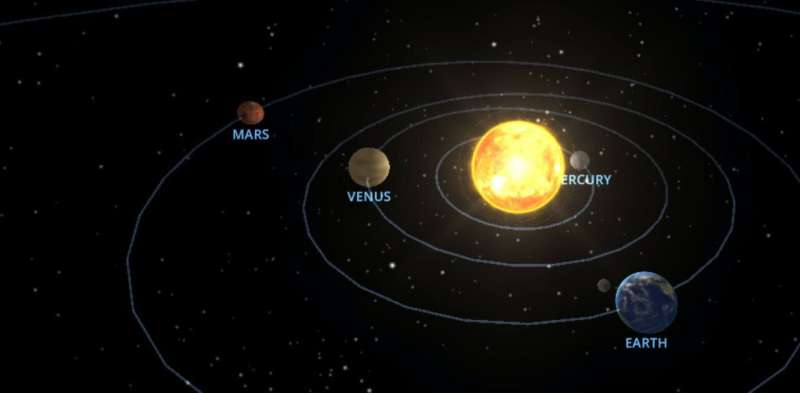
Venus has returned to our evening skies and is looking lovely in the north-west after sunset. Tonight, July 13, it will pair up with the red planet Mars and just above the two planets will be the waxing crescent Moon.
Wherever you are in Australia, find a location that has a good view of the north-west horizon to see the conjunction. Venus will be visible during dusk, but you need to wait until the sky darkens to have a chance to see faint Mars.
Mars will appear just above and to the left of Venus. The best viewing opportunity will be from about 6:30pm , with the planets setting an hour later.
Venus is dazzling, so it is easy to see why it's known as the "evening star." Just look towards the north-west horizon after sunset and you can't miss it.
Mars, on the other hand, is looking fairly faint. The red planet has been in the north-west sky for the past few months and while it was bright and red earlier in the year, it has been fading quite considerably as its orbit takes it away from Earth.
Astris kick stage for Ariane 6
 Video:
00:04:33
Ariane 6 will use an optional add-on Astris kick stage developed by ArianeGroup to target new missions
Video:
00:04:33
Ariane 6 will use an optional add-on Astris kick stage developed by ArianeGroup to target new missions An antioxidative stress regulator protects muscle tissue in space
 Most kids dream of growing up to be astronauts; but the downside of spending extended amounts of time in low gravity is that astronauts' muscles tend to shrink and weaken through disuse. Now, researchers from Japan have identified a protein that affects how muscles respond to space flight.
In a study published in June 2021 in Communications Biology, researchers from the University of Tsuku
Most kids dream of growing up to be astronauts; but the downside of spending extended amounts of time in low gravity is that astronauts' muscles tend to shrink and weaken through disuse. Now, researchers from Japan have identified a protein that affects how muscles respond to space flight.
In a study published in June 2021 in Communications Biology, researchers from the University of Tsuku Study Projects a Surge in Coastal Flooding, Starting in 2030s
 High-tide floods - also called nuisance floods or sunny day floods - are already a familiar problem in many cities on the U.S. Atlantic and Gulf coasts. The National Oceanic and Atmospheric Administration (NOAA) reported a total of more than 600 such floods in 2019.
Starting in the mid-2030s, however, the alignment of rising sea levels with a lunar cycle will cause coastal cities all aroun
High-tide floods - also called nuisance floods or sunny day floods - are already a familiar problem in many cities on the U.S. Atlantic and Gulf coasts. The National Oceanic and Atmospheric Administration (NOAA) reported a total of more than 600 such floods in 2019.
Starting in the mid-2030s, however, the alignment of rising sea levels with a lunar cycle will cause coastal cities all aroun 










